
Anthropocentric and Natural Climate change and Current Warming trends
11 Posts · 0 Articles
-
Francisco Lopez
Economist
You have no groups that fit your search
Manish Tiwari Dhaulakhandi
3 months ago
in Environment India and in 2 more groups
Ripple in the Waters: Eurasian Otter Discovery in Western Ghats' Sanctuary
A thrilling discovery made by Mohan, S. K., and team in 2023 reveals something incredible! They spotted the elusive Eurasian Otter (Lutra lutra) right here in the Chinnar Wildlife Sanctuary within our beautiful Western Ghats. Two of these otters spotted in a rocky-torrential stream back in March 2020. These little fellas were on a frenzy, darting among submerged rocks, exploring nooks and crannies, and sometimes taking playful dives. What’s fascinating is their preference for spots where the water roars with energy, avoiding the calm and shallow areas.
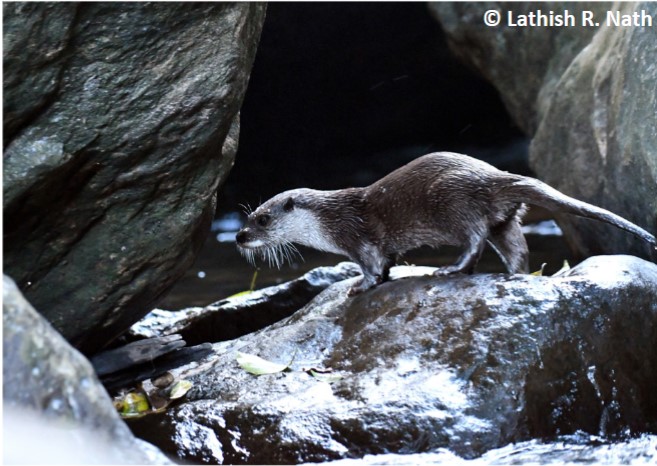
Now, here’s the real scoop on where they were found – it's a paradise up there! At 1,275 meters altitude in the Chinnar Wildlife Sanctuary, there’s lush greenery, these halfway-between forests (called transitional sholas), and patches of green along a speedy stream with big rocks and fallen trees. And get this – this place isn’t just for our Eurasian Otter friends; it's also a sweet spot for the Asian Small-clawed Otter (Aonyx cinereus). Looks like they're sharing the space wisely!
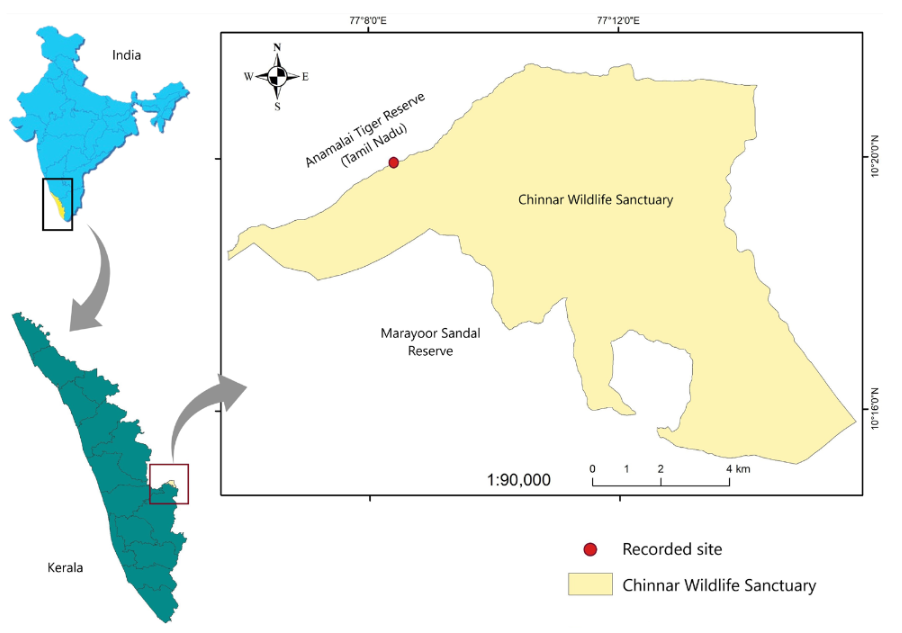
Recorded site of Eurasian Otter Lutra lutra from Chinnar Wildlife Sanctuary
But here’s where it gets interesting: this discovery shakes up what we thought we knew about where these otters like to hang out in the Western Ghats. It's shouting out loud that we need to dive deeper into understanding these otters – their types, where they live, how many there are, and what they’re up to. Knowing all this stuff is like giving them a shield from the things that threaten them – losing their homes, sand mining, being hunted, and their numbers going down.
It’s clear as daylight that if we want to keep these otters safe and sound in our precious Western Ghats, we’ve got to take care of the greenery by the streams. It’s like giving them a big, leafy hug and saying, “We got you, little buddies!”
🦦🌏🦦
#animals #aonyxcinereus #asiansmallclawedotter #chinnarwildlifesanctuary #discovery #ecology #environment #environmentind #eurasianotter #forest #india #lutralutra #nature #news #otter #research #savewesternghats #smallclawedotter #travel #westernghats #wildlife
0 likes · 0 comments
EducationManish Tiwari Dhaulakhandi
3 months ago
in Environment India and in 2 more groups
Today's Environment News Alert
◆ The department is not leaving any stone unturned in protecting and popularising Kappatgudda forest. The department has now come out with a one-page calendar for the year 2024. It is a special calendar focusing on the wildlife of Kappatagudda.
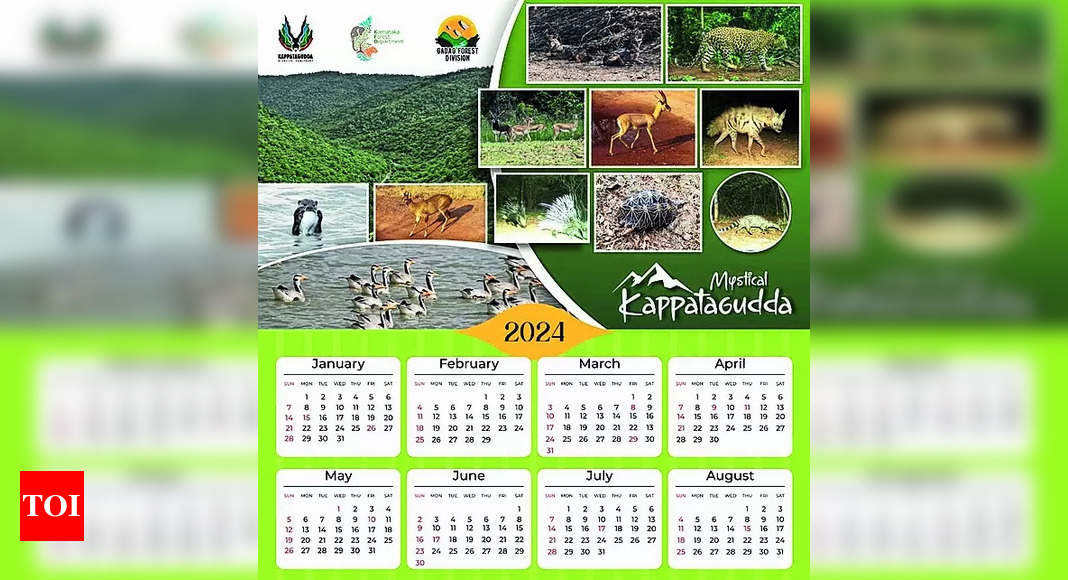
2024 Calendar | Wild Animals of Kappatagudda Forest | Hubballi News - Times of India
Discover the stunning wildlife of Kappatagudda Forest with our exclusive 2024 calendar featuring rare pictures of leopards, otters, porcupines, and more. Join us in protecting and popularizing this natural treasure.
◆ Bandipur Tiger Reserve (BTR) director Ramesh Kumar has recommended to the Chamarajanagar and Mysuru district administrations to ban all kinds of New Year celebrations around the tiger reserve. He has made the recommendation to keep the wild animals unaffected during the New Year celebrations at the homestays and resorts around the reserve.

Ban Ny Celebrations Around Bandipur, Suggests Director | Mysuru News - Times of India
Mysuru: Bandipur Tiger Reserve (BTR) director Ramesh Kumar has recommended to the Chamarajanagar and Mysuru district administrations to ban all kinds .
◆ At least 25 people were hospitalised after they complained of uneasiness following an incident of ammonia gas lea at a fertiliser manufacturing unit in north Chennai's Ennore on Tuesday night.
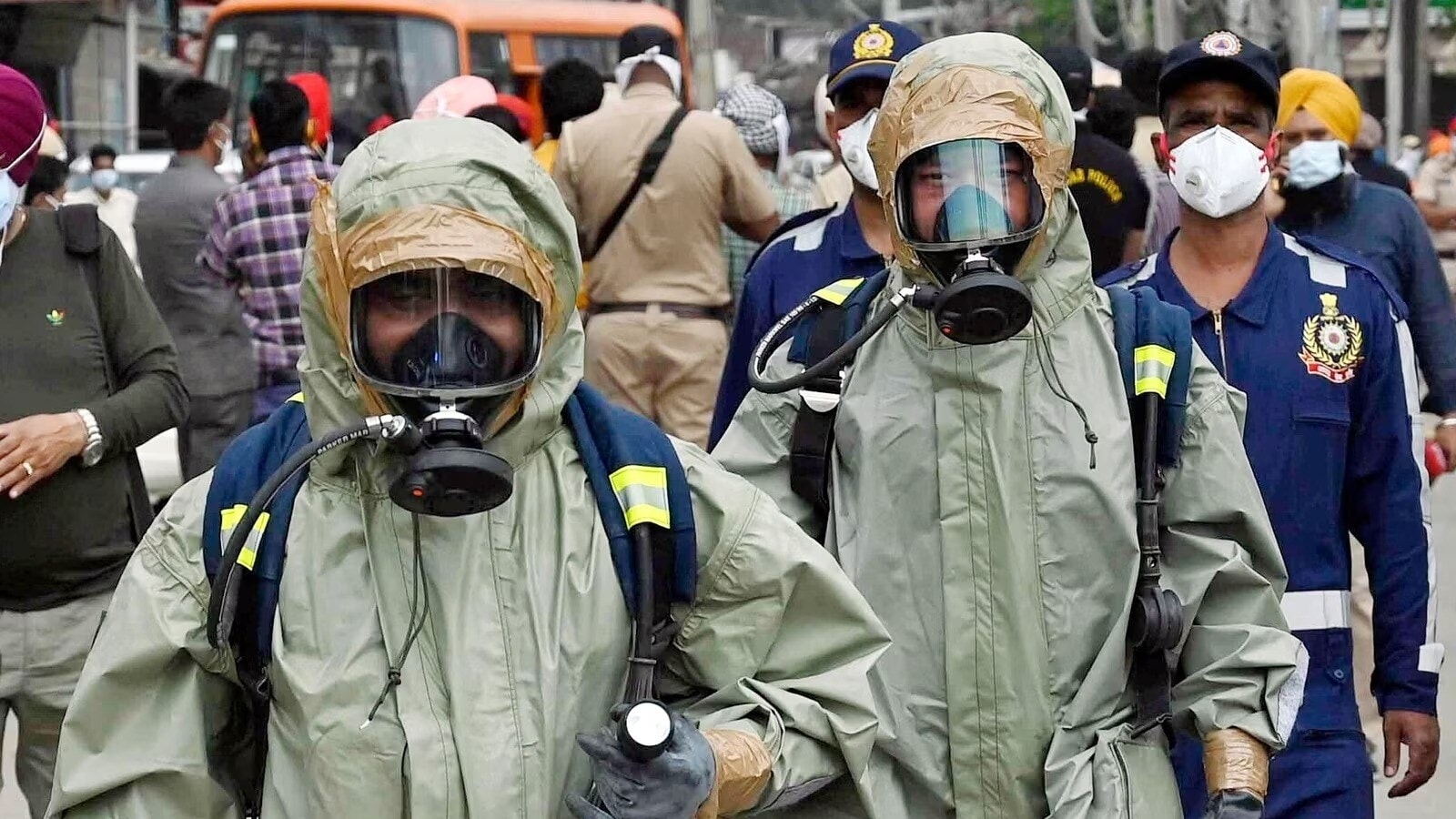
Ammonia gas leak in Chennai's Ennore, several hospitalised
After the leak at the plant, which took place around 11:45 pm on Tuesday, an unpleasant odour spread across the neighbourhood.
◆ The Japan International Cooperation Agency's (JICA) Forestry Project will revive ‘bhojpatra’ in Himachal Pradesh in collaboration with the Himalayan Forest Research Institute to empower forest-fringe communities, particularly women, through sustainable livelihoods, government officials said on Wednesday.

Japan-funded forestry project to revive ‘bhojpatra’ in Himachal
Shimla, Dec 27 (IANS): The Japan International Cooperation Agency's (JICA) Forestry Project will revive ‘bhojpatra’ in Himachal Pradesh in collaboration with the Himalayan Forest Research Institute to empower forest-fringe communities, particularly women, through sustainable livelihoods, government officials said o.....
◆ Two people were arrested on Tuesday in connection with the death of a female leopard after its head got entangled in a clutch wire fixed in the fencing of a private school at Theetukal near Ooty on December 21.

Leopard Death: Two Accused Arrested | Coimbatore News - Times of India
Udhagamandalam: Two people were arrested on Tuesday in connection with the death of a female leopard after its head got entangled in a clutch wire fix.
🌱🌏🌱
#environmentind #india #news #newsalert #wildlife #forests #ecology #environment #KappataguddaForest #forestconservation #wildlifeconservation #karnataka #BandipurTigerReserve #tiger #TigerConservation #chennai #gasleak #himachalpradesh #treeplanting #trees #japan #bhojpatra #poaching #wildlifeprotection #wildlifecrime #coimbatore #tamilnadu
0 likes · 0 comments
EducationManish Tiwari Dhaulakhandi
4 months ago
in Environment India and in 3 more groups
Today's Top Environment News Alert
◆ The toll of human deaths due to animal attacks has seen a steady rise in the last five years, even as the funds to mitigate such conflicts have dwindled. In last five years, the Central government has cut the funds to mitigate human-wildlife conflicts by 67%.
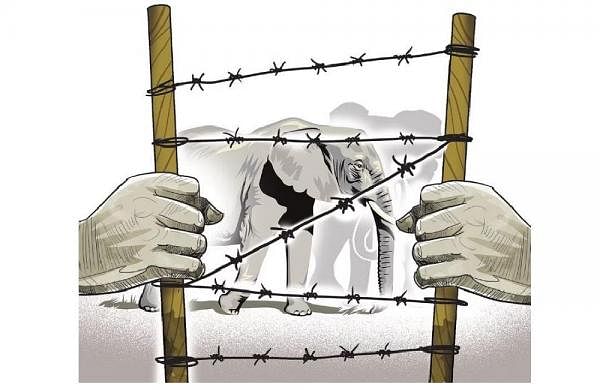
Human death toll on rise as funds to mitigate man-animal conflicts shrink
Funds released under the ‘Project Tiger’ was Rs 322.9 crore in 2019, which was consistently reduced to Rs 150.6 crore by 2023.
◆ Himachal Pradesh Deputy Chief Minister Mukesh Agnihotri on Friday said that the Centre should compensate the state for the contribution it has made in forest conservation.

Centre should compensate Himachal for contribution in forest conservation: Dy CM Agnihotri
Hamirpur (HP), Dec 15 (PTI) Himachal Pradesh Deputy Chief Minister Mukesh Agnihotri on Friday said that the Centre should compensate the state for the contribution it has made in forest conservation. Underlining the need for growing more trees for the green revolution and pollution free environment, Agnihotri asked the Central government to give more compensation […]
◆ The Delhi High Court on Friday said the forest department must take all steps to protect the Ridge as it pulled up the authorities here for failing to notify its land as "reserved forest" in spite of earlier directions.

Forest dept must take steps to protect Ridge: Delhi HC
Forest dept must take steps to protect Ridge: Delhi HC
◆ An oil spill, caused during cyclone Michaung in Chennai's Ennore Creek, is being cleared by 75 boats with 300 personnel deployed.
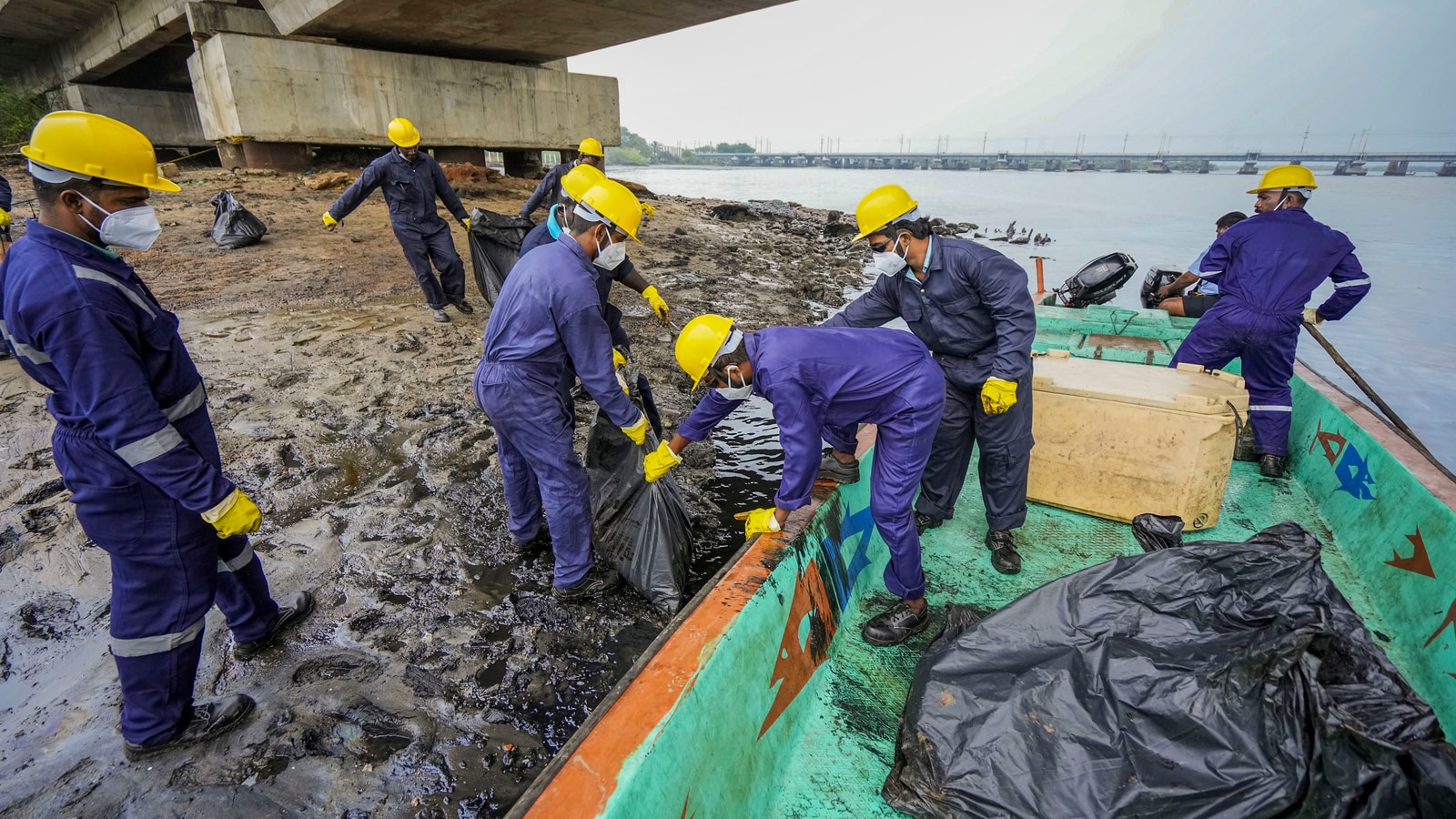
75 Boats, 300 workers engaged in clearing Chennai's Ennore Creek oil spill | Latest updates
The oil spill has affected hundreds of families whose livelihoods depend on the coastal habitat, biodiversity, and aquatic life.
◆ President Droupadi Murmu presented the National Energy Conservation Awards 2023 in New Delhi on the occasion of National Energy Conservation Day. Addressing the gathering, the President said that the health and happiness of all of us lies in the conservation and good health of nature.
https://news.webindia123.com/news/Articles/India/20231215/4149069.html
🌱🌏🌱
#environmentind #india #news #newsalert #wildlife #forest #ecology #environment #wildlifeconservation #WildlifeConflict #himachalpradesh #forestconservation #himalayas #delhi #forestmanagement #chennai #oilspill #greenenergy #greeneconomy
0 likes · 0 comments
EducationManish Tiwari Dhaulakhandi
4 months ago
in Environment India and in 2 more groups
Today's Top Environment News Alert
Today's Top Environment News Alert
◆ South Eastern Coalfields Limited (SECL), the Chhattisgarh-based arm of Coal India Limited (CIL), will invest Rs 169 crore on plantations in Chhattisgarh and Madhya Pradesh, over a period of the next four years.
https://www.business-standard.com/industry/news/south-eastern-coalfields-to-invest-rs-169-crore-on-miyawaki-plantation-123121200876_1.html
◆ A cinerous vulture, a native of Central Asia and Europe, was seen in Delhi’s skies after at least three decades. Retired scientist Surya Prakash, a keen birder, spotted the vulture hovering over Neeli Jheel in the Asola Bhatti Wildlife Sanctuary on December 9.
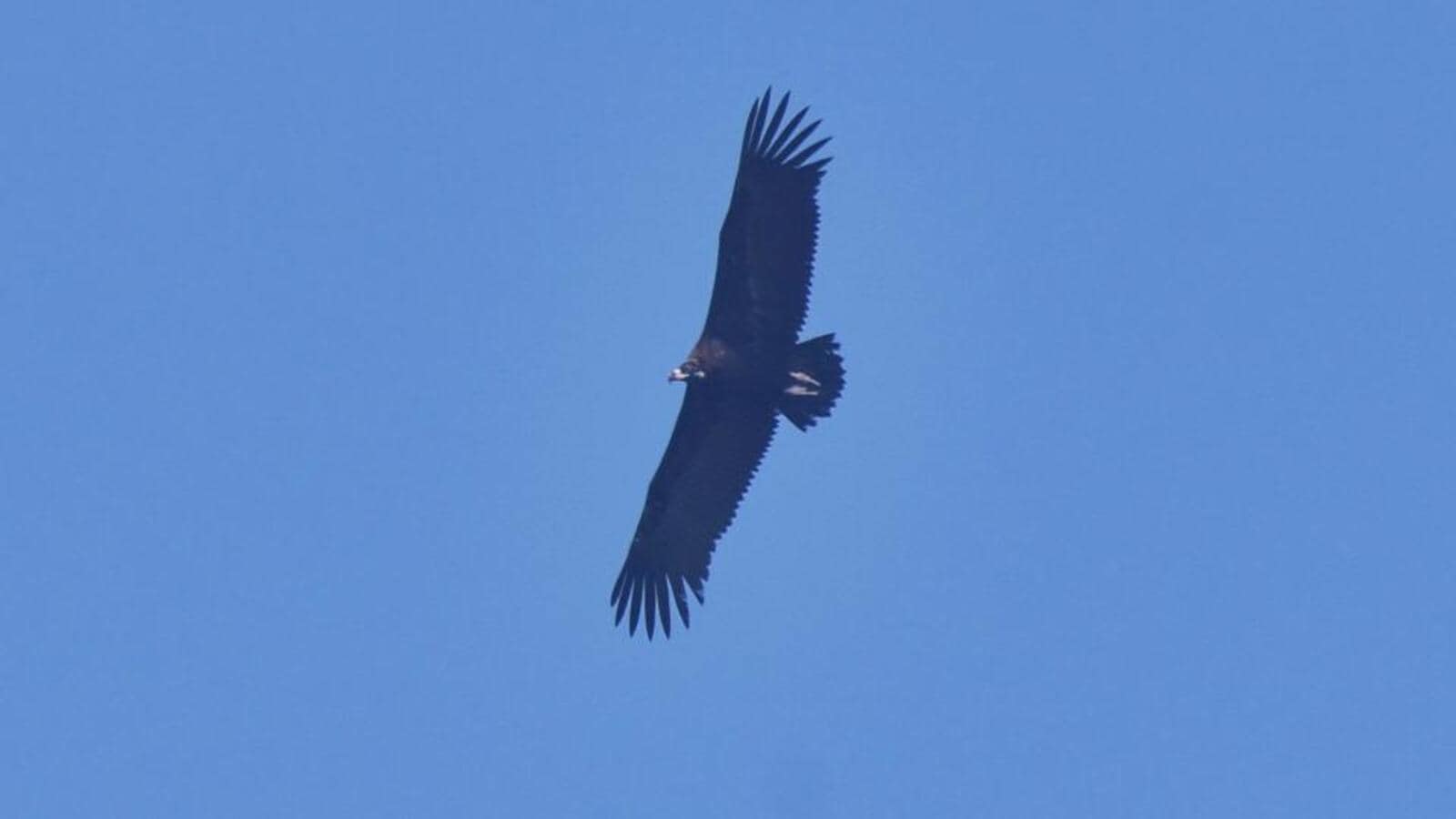
Rare vulture spotted at Asola Bhatti sanctuary
Surya Prakash, a zoologist and birder, who made the sighting on Saturday, said it was extremely rare for the vulture to land in the Capital.
◆ Andhra Pradesh Forest officials arrested a 29-year-old man on Tuesday for allegedly slaughtering a spotted deer in Nandyala district, and seized 35 kg venison from him, said an official.

Andhra Pradesh forest officials arrest man for allegedly slaughtering deer; seize 35 kg venison
Nagaluty (Andhra Pradesh), Dec 12 (PTI) Andhra Pradesh Forest officials arrested a 29-year-old man on Tuesday for allegedly slaughtering a spotted deer in Nandyala district, and seized 35 kg venison from him, said an official. T Dora Swamy, Nagaluty Forest ranger, Atmakur Division, told PTI that G Banti Eedanna and an accomplice captured the deer […]
◆ The Ministry of Environment, Forest and Climate Change has reiterated that the Karnataka government should get the Supreme Court’s approval for the dereservation of forest land released for rehabilitation of people affected by the Sharavathi Valley Hydroelectric Project in Shivamogga district.

Dereservation of forest land: Karnataka has to take Supreme Court’s approval, reiterates Centre
The Ministry of Environment, Forest and Climate Change has reiterated that the Karnataka government should get the Supreme Court’s approval for the dereservation of forest land released for rehabilitation of people affected by the Sharavathi Valley Hydroelectric Project in Shivamogga district.
◆ The Ministry of Environment Forest and Climate Change (MoEF&CC) has notified industry-specific discharge standards, Ashwini Kumar Choubey, Union MoS Environment, Forest and Climate Change said on Monday.
https://knnindia.co.in/news/newsdetails/sectors/govt-notifies-80-industry-specific-discharge-standards-to-curb-chemical-waste-in-rivers
🌱🌏🌱
#environmentind #india #news #newsalert #wildlife #forest #ecology #environment #chattisgarh #madhyapradesh #MiyawakiPlantation #plantation #delhi #wildlifephotography #andhrapradesh #wildlifeprotection #wildlifecrime #forestconservation #pollution #pollutioncontrol #pollutionprevention
0 likes · 0 comments
EducationManish Tiwari Dhaulakhandi
4 months ago
in Environment India and in 2 more groups
Today's Top Environment News Alert
◆ Law enforcement officials from India, Bhutan, and Nepal are participating in a nine-day workshop aimed at training them in combating wildlife trafficking in South Asia. Organized by TRAFFIC India and WWF-India, in collaboration with the South Asia Wildlife Enforcement Network (SAWEN) and the Wildlife Crime Control Bureau (WCCB) of the Government of India, the workshop aims to strengthen and enhance the capacity of law enforcement agencies in Bhutan, India, and Nepal.
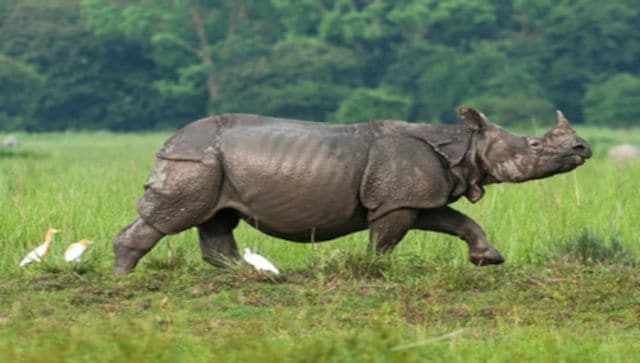
India, Bhutan and Nepal collaborate to curb wildlife trafficking in South Asia
The project aims at strengthening and building the capacity of law enforcement agencies in Bhutan, India and Nepal by focusing on strengthening the participants' knowledge and skills in curbing wildlife trafficking in the region.
◆ Nitin Gadkari, the Union Minister of Road Transport and Highways of India, inaugurated the 8th Edition of the India Water Impact Summit (IWIS) at the Dr Ambedkar International Centre. Organized by the National Mission for Clean Ganga (NMCG) and the Center for Ganga River Basin Management and Studies (cGanga), the three-day summit from November 22 to 24, 2023, is focused on the theme 'Development vis-à-vis Land, Water and Rivers.'
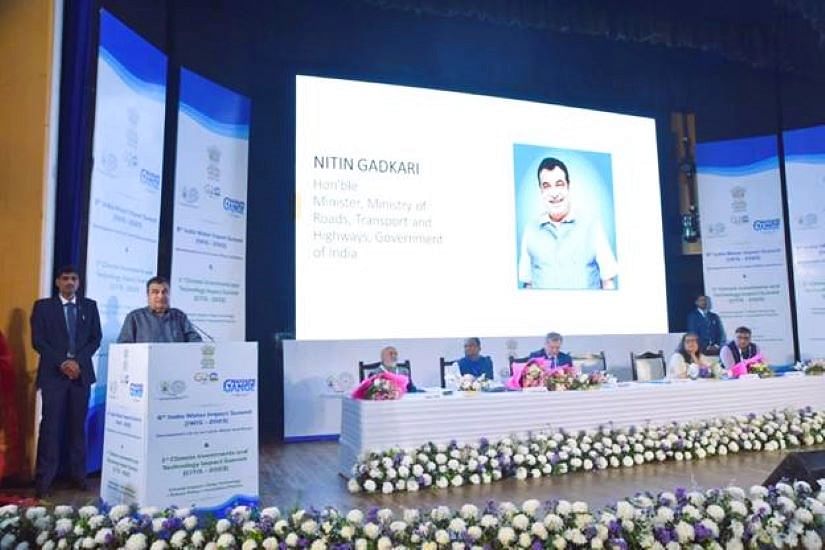
Nitin Gadkari Inaugurates 8th India Water Impact Summit (IWIS) in New Delhi
Nitin Gadkari urged scientists to focus on proven technologies, economic viability, availability of raw materials, and marketability of finished products.
◆ Tourism is adversely affecting the ecology of Uttarakhand, and those in power should take measures to halt the unprecedented human intrusion into the natural ecosystem.

Halt human intrusion
Refer to ‘Tunnel cave-in’; the authorities should address the root cause of the problem which they have ignored until now. Encroaching upon eco-sensitive zones prone to landslides and subsidence leads to man-made calamities. The Uttarakhand government should learn from past incidents in
https://www.tribuneindia.com/news/letters/halt-human-intrusion-564931
◆ A Royal Bengal Tiger, which has been spotted in a forest in Odisha, has travelled more than 2,000 km across four states, perhaps in search of a suitable territory, a forester said on Thursday.

Royal Bengal Tiger travels over 2,000 km in search of suitable territory, spotted in Odisha
Bhubaneswar, Nov 23 (PTI) A Royal Bengal Tiger, which has been spotted in a forest in Odisha, has travelled more than 2,000 km across four states, perhaps in search of a suitable territory, a forester said on Thursday. The same big cat was earlier found in a Maharashtra forest, he said. The male tiger, whose […]
◆ The discovery of a dead crocodile at Bhitarkanika National Park in India was only the latest sign of a longtime plastic problem.
https://news.yahoo.com/wildlife-officers-disturbing-discovery-autopsying-073000427.html
🌱🌏🌱
#environmentind #environment #india #news #newsupdate #wildlife #wildlifeconservation #forest #forestmanagement #ecology #bhutan #nepal #uttarakhand #tourism #unsustainabletourism #saveuttarakhand #savehimalayas #himalayas #saveforests #tiger #odisha #animals #crocodile #BhitarkanikaNationalPark #plasticpollution #plastic #plasticwaste #saverivers
0 likes · 0 comments
EducationManish Tiwari Dhaulakhandi
6 months ago
in Environment India and in 2 more groups
From Selfies to Saviors: How Social Media Rescues Animals in Tourism
In today's digital age, where social media has become an integral part of our daily lives, its impact on various aspects of society is truly remarkable. One area where this influence shines brightly is in the world of tourism, especially when it comes to our interactions with our furry and feathered friends. While social media can sometimes be a bit tricky, let's talk about a recent case study by Madelene Blaer, that explores the heartwarming side of our four-legged companions in the tourism scene, with a special focus on how animal rescue organizations can turn travel enthusiasts into animal-loving heroes, all in the digital age.
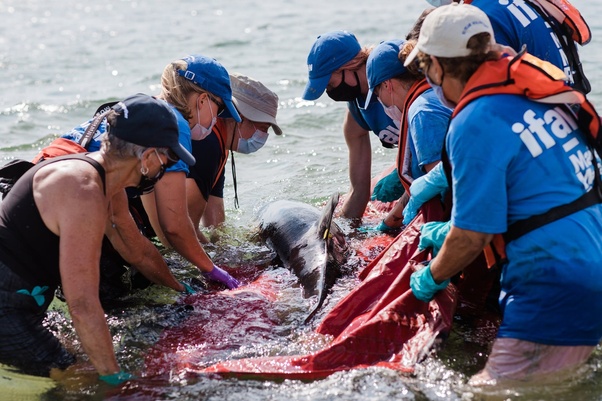
Now, let's not deny that social media can sometimes act like a double-edged sword. It's true that it has, on occasion, unintentionally encouraged practices that aren't great for our animal buddies, like those wildlife selfies or supporting not-so-friendly industry practices.
But here's the sunny side of the story, and it's a heartwarming one from our very own India. Our incredible animal rescue organizations, like the wonderful folks at Animal Aid and Federation of Indian Animal Protection Organisations (FIAPO), have put social media to some fantastic use. They've used it as a magic wand to raise awareness and rally support for our animal pals, especially when they're part of the tourism scene.
Now, what's really cool about this approach is that instead of just watching from the sidelines, travelers are diving right into the action. They're out there, helping to rescue and nurse back to health our injured and unwell street animals. And guess what? They're not keeping these wonderful experiences to themselves. They're sharing their tales of love and compassion with these animals on social media for all to see. By doing this, they're not only lending a hand to the cause but also inspiring others to join in.
This case study, which shines a light on organizations that mix animal rights with voluntourism, is like a guidebook for anyone interested. It's meant to get you thinking about the ethics of our animal friends in the tourism world. And guess what? This study isn't just for us. It's meant to help a whole bunch of folks, including other animal rescue teams. They can peek into this treasure trove of knowledge and use it to create magic in their own animal welfare efforts within the tourism sphere.
So, in a nutshell, this case study is like a bright and beautiful picture of how we can all work together to make tourism a better place for our animal pals. It shows us how we can blend our love for animals with our love for travel, all with a sprinkle of social media magic. It's a reminder that when it comes to our furry and feathered friends, kindness and compassion always win the day.
🌱🌏🌱
Comment and tell us your thoughts
Join our Alert Group 👉 Environment India
Now you can also join our Chat group 👉Endian to share your eco-awareness message
#animaladoption #animalfriends #animalprotection #animalrescuer #animalaid #animalcruelty #animalequality #casestudy #ecotourism #ecology #environment #environmentind #india #news #study #sustainabletourism
0 likes · 0 comments
EducationFrancisco Lopez
2 years ago
in Liberals and Progressives and in 5 more groups
Francisco Lopez
2 years ago
in Climate change phenomena (Anthropogenic and Natural) and in 3 more groups
Jet Stream Moving North
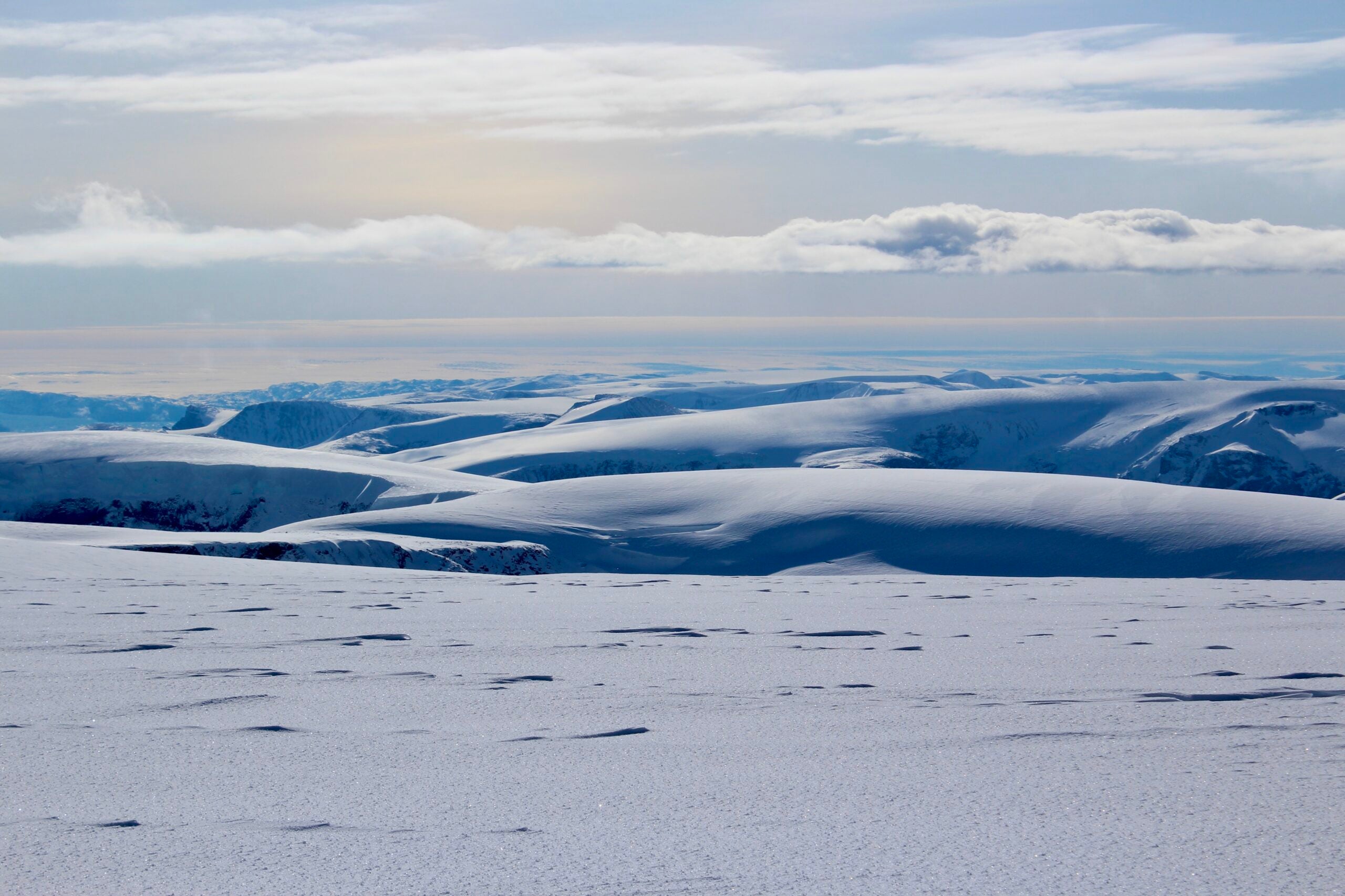
The jet stream is moving north. Here's what that means for you.
The jet stream determines lots of large-scale weather patterns in the northern hemisphere, and its migration north could be devastating.
1 like · 0 comments
Francisco Lopez
2 years ago
in General Science and Technology and in 3 more groups
Post from Francisco Lopez
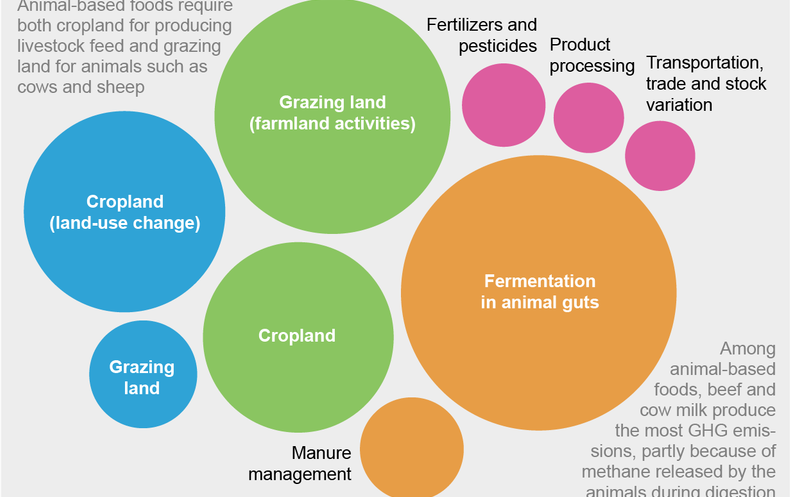
Here’s How Much Food Contributes to Climate Change
Animal-based foods produce about twice the emissions of plant-based ones, a new comprehensive study finds
https://www.scientificamerican.com/article/heres-how-much-food-contributes-to-climate-change/
0 likes · 0 comments
Francisco Lopez
2 years ago
in Anthropocentric and Natural Climate change and Current Warming trends and in 1 more group
Post from Francisco Lopez
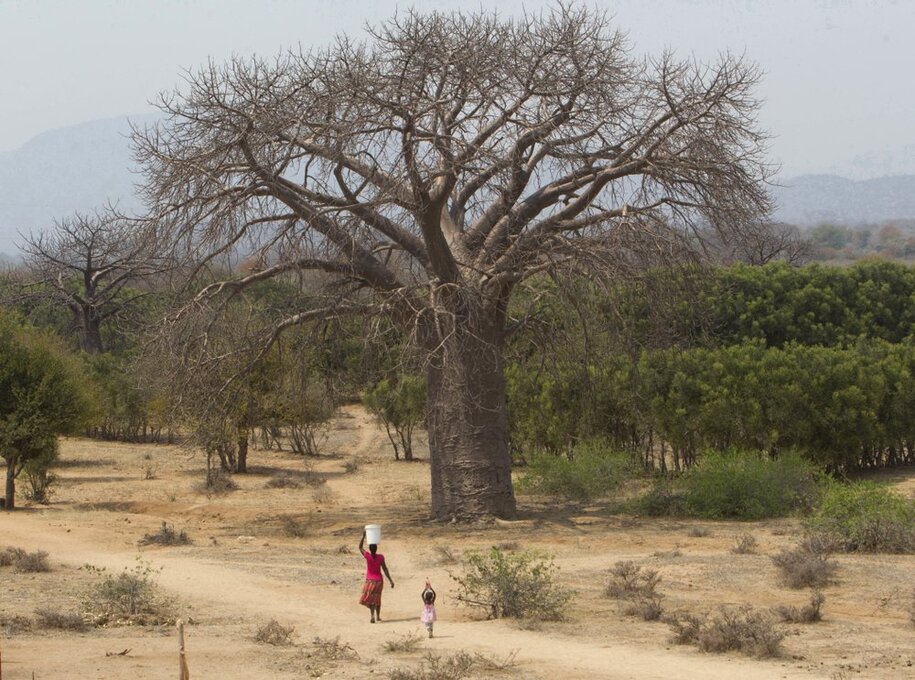
The world's first famine due solely to climate change is unfolding in Madagascar.
Madagascar is an island nation off the east coast of Africa. It has always had droughts and famine; we don’t hear much about them because the people that live
0 likes · 0 comments
Do you want to manage your own group?
